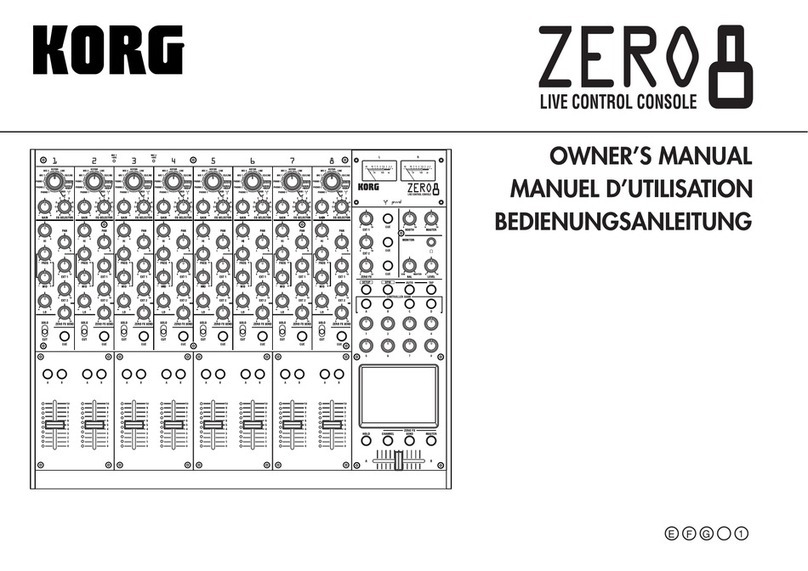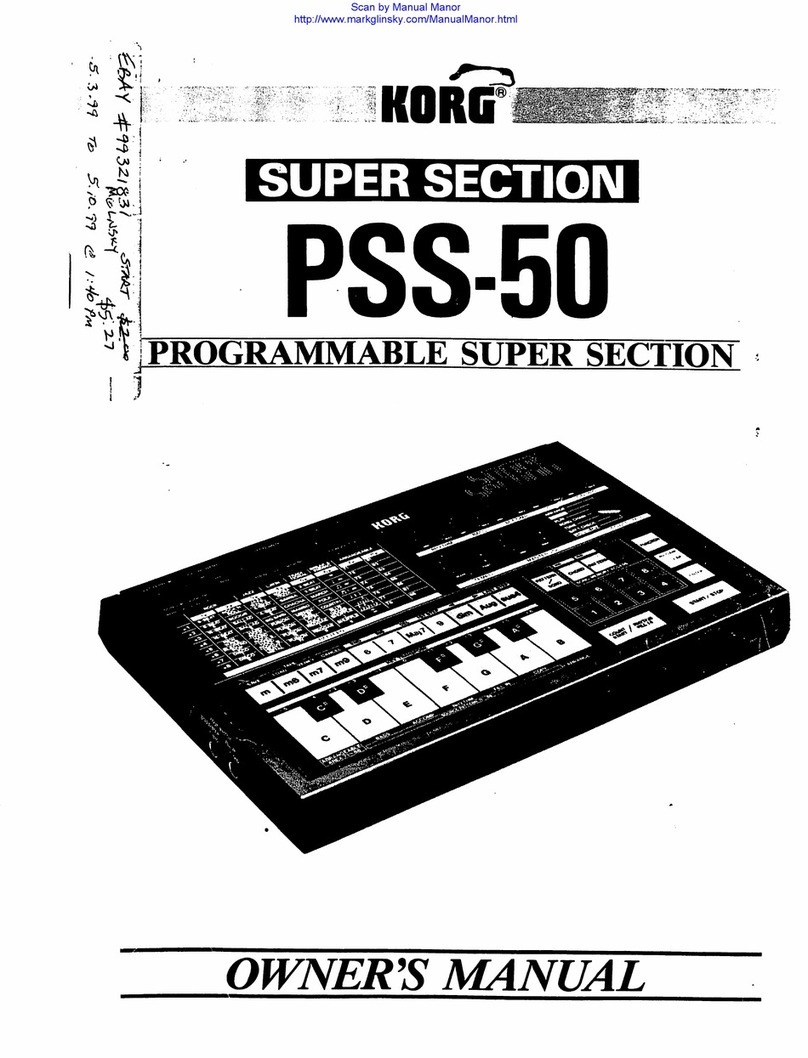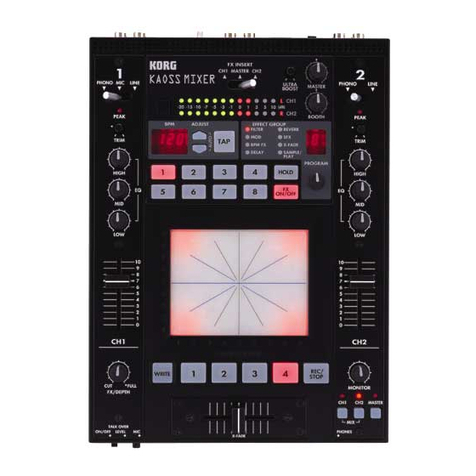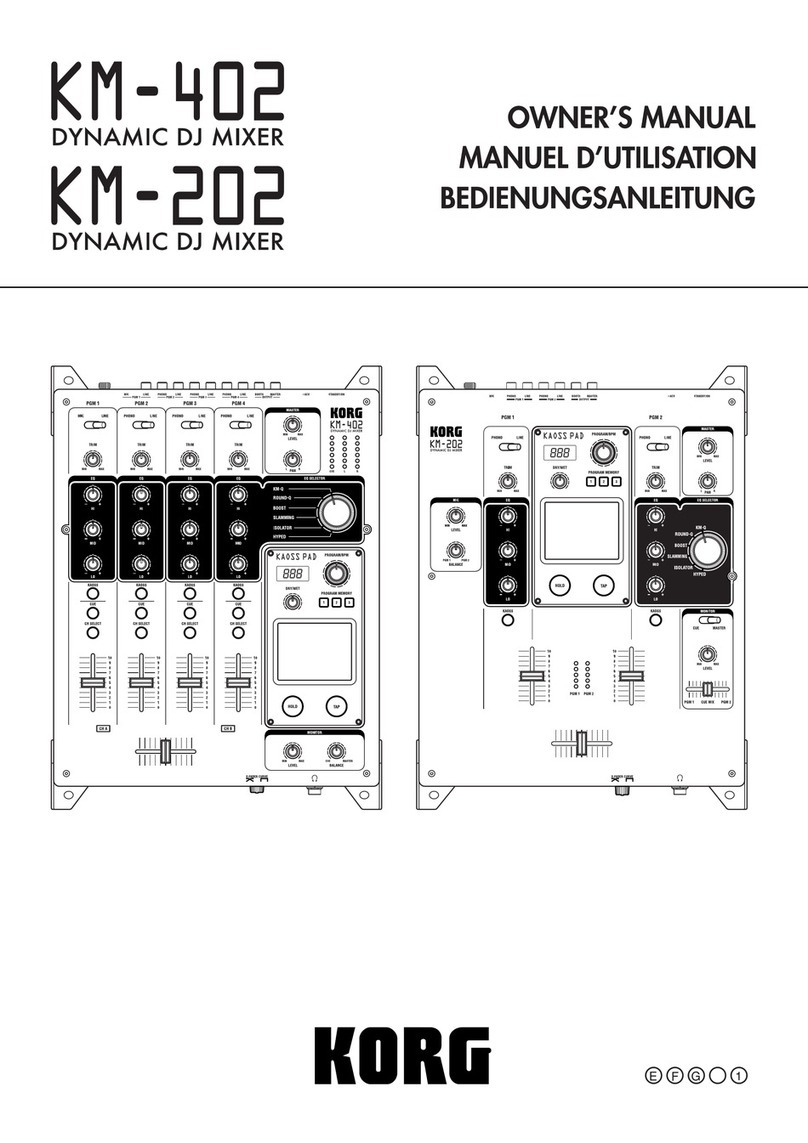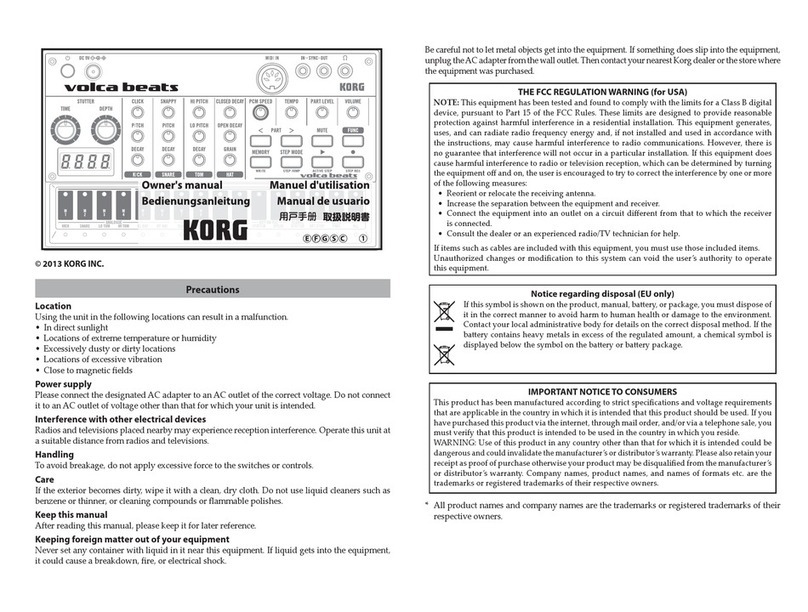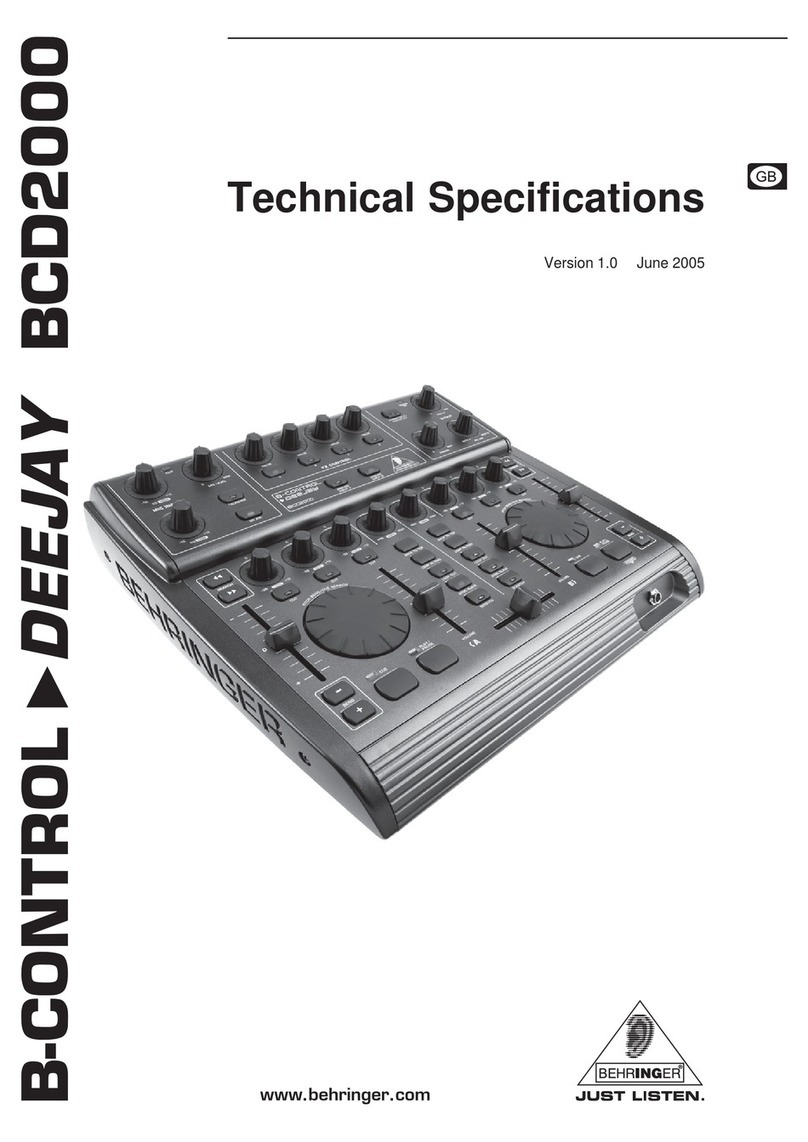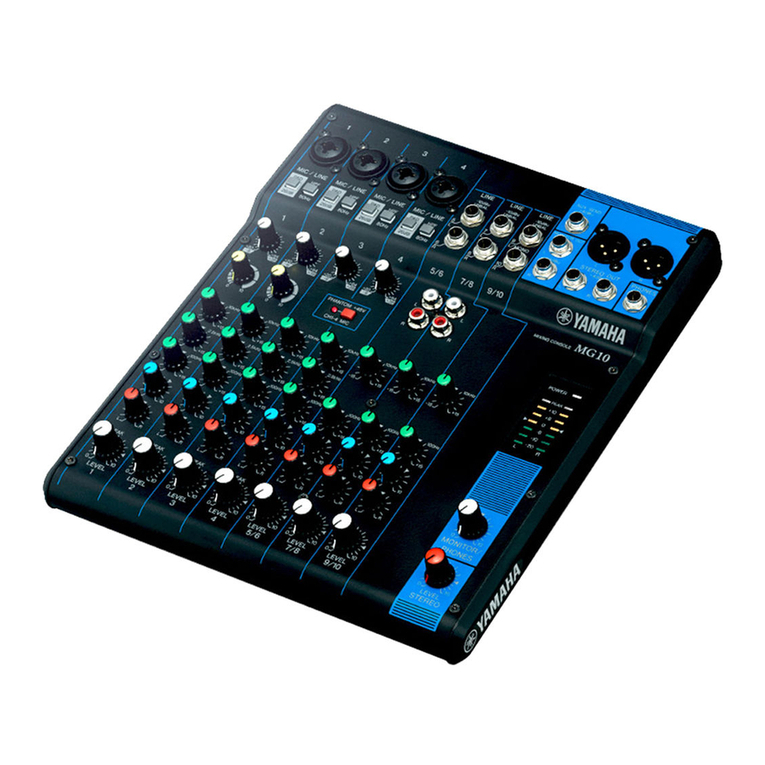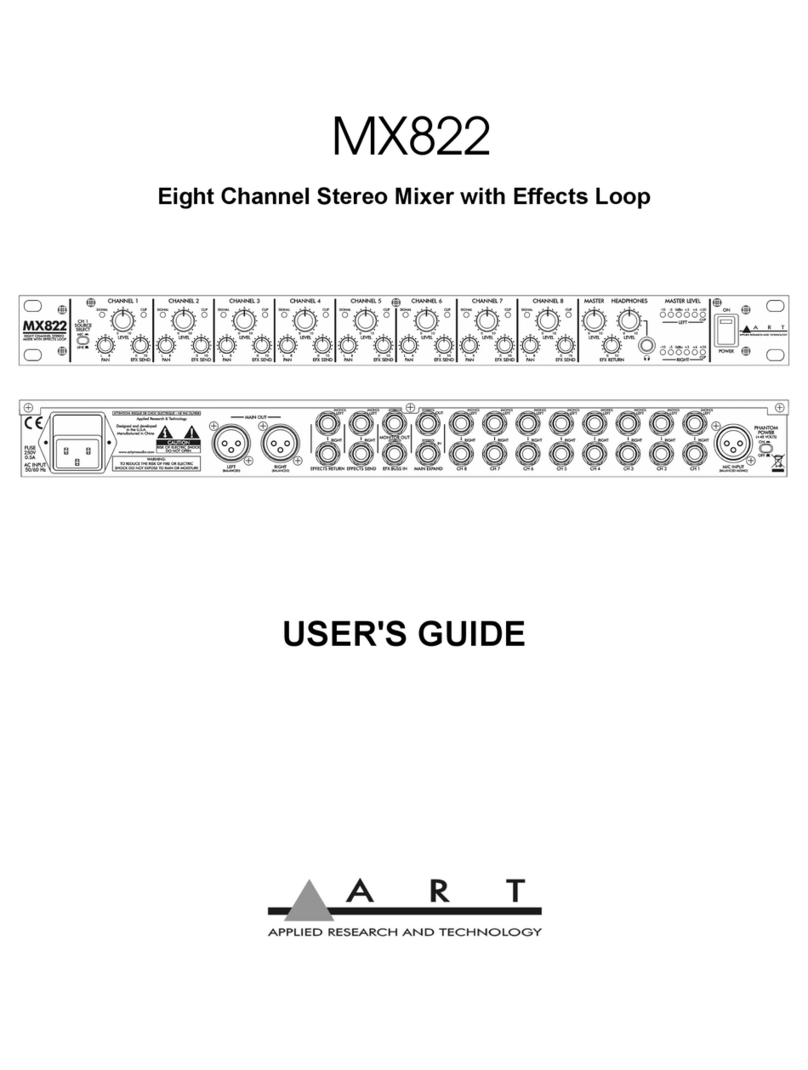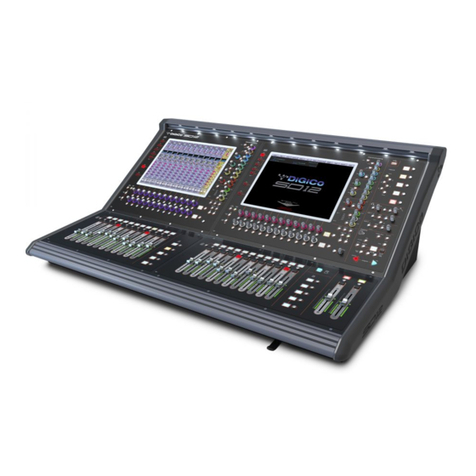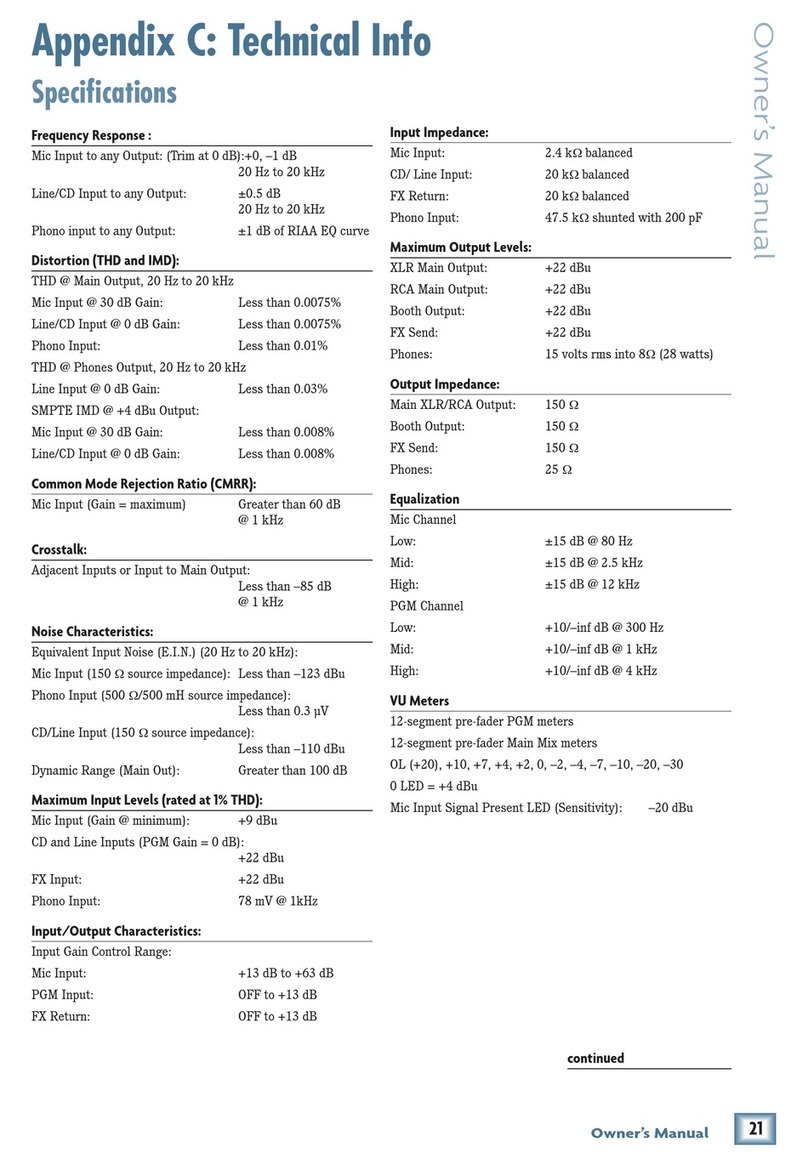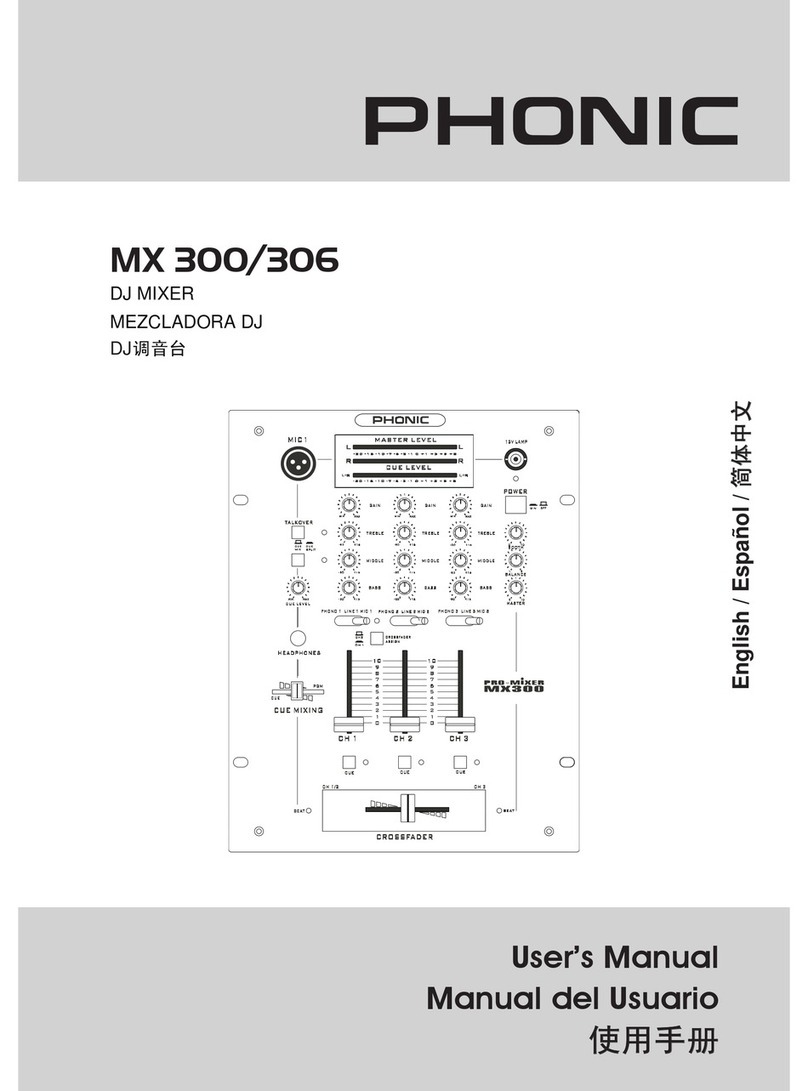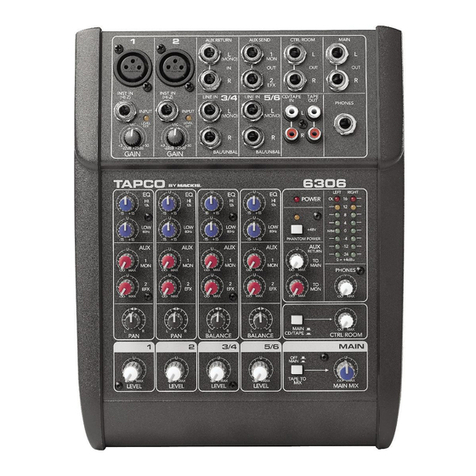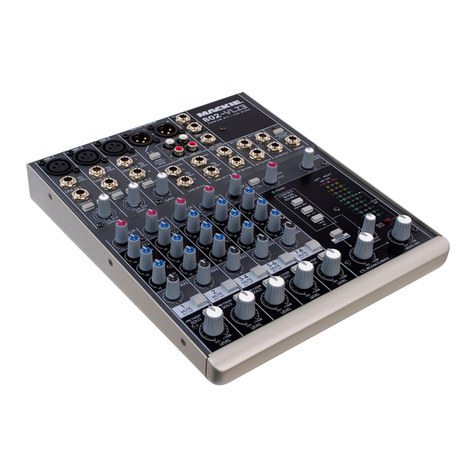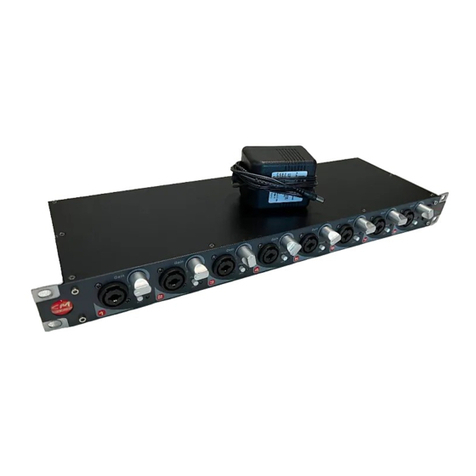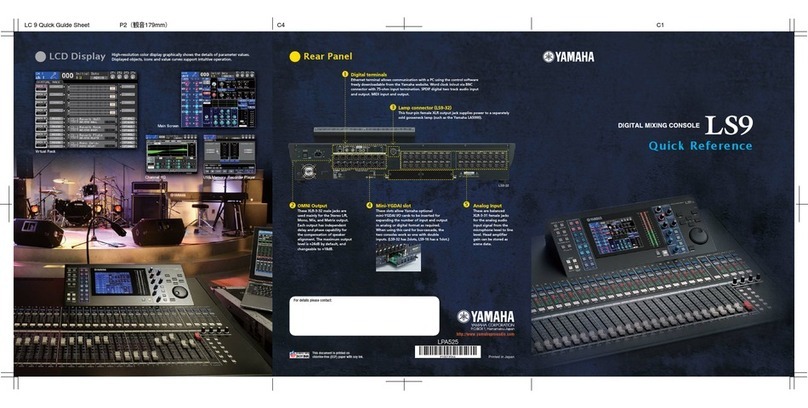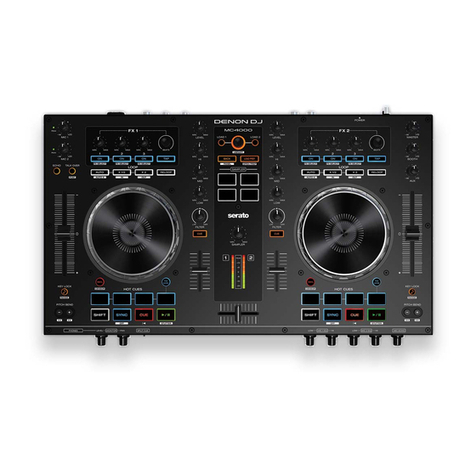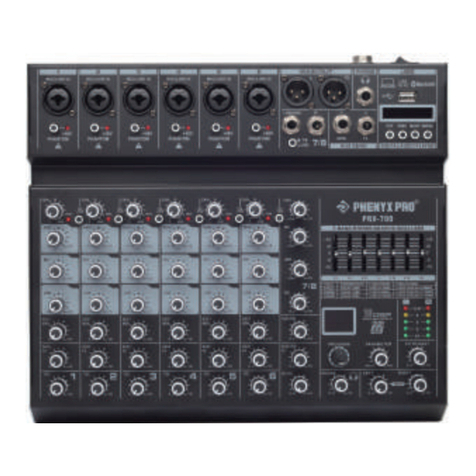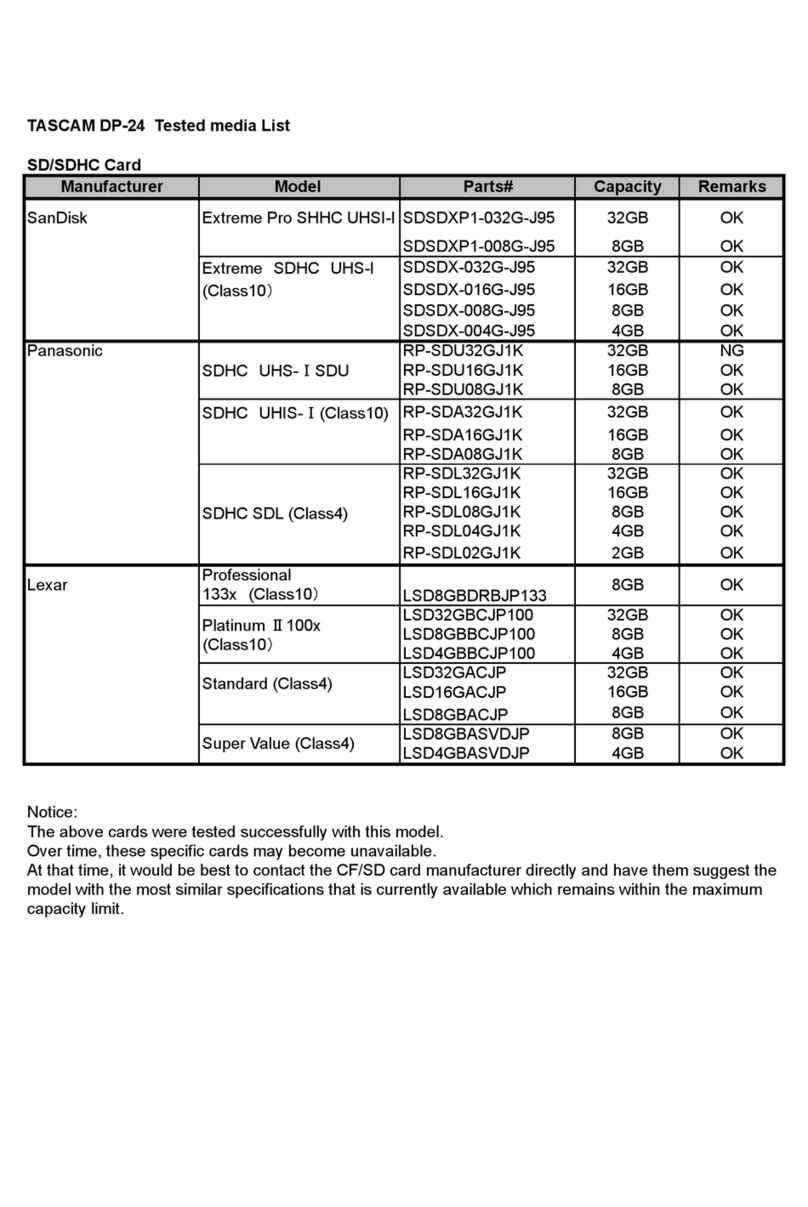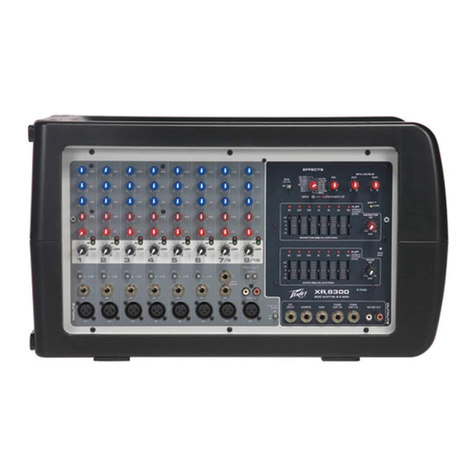Korg 168RC User manual

Recording Console
CONTENTS

1.DISASSEMBLY
WHOLE ASS’ Y(1/3)
LCD WINDOW
FADER KNOB (XI 3)
POWER SW KNOB (XI)

WHOLE ASS’ Y(2/3)

WHOLE ASS’ Y(3/3)
-P>
HNS—2451


UPPER CASE ASS’ Y(2/3)
O)
0
0
mu SCREWS

UPPER CASE ASS’ Y(3/3)
H
2Vn zm
_a_ BT B
DDDDDDDDDDDD


PANEL PCB ASS’ Y
KNOB BLOCK No,l
\\ KNOB BLOCK No.
2
IrFi
KNOB BLOCK No,
3
m
SCREWS

LCD HOOD ASS’ Y(1/2)
LCD FRAME ASSY'

LCD HOOD ASS’ Y(2/2)

LOWER CASE ASS’ Y(1/2) aOOOa*° 5? ? 0©p

LOWER CASE ASS’ Y(2/2)


mtm
100,117V 220/230, 240V
FUl 250V 200mA 250V T125mA
FU2 125V 1.6A 250V Tl. OA
FU3125V 1. 6
A
250V Tl .OA
FU4125V 4A T3* 15A
250V ^*A=
FU5 125V 2. 5A 250V Tl. 25A
a—
niBK
|ll!|»Si
LTYPE ANGLE
nn<n>n®n<©o<n>fl©P©n
n4ii ft nanaii a»<1 Vii
ii i[ ]' ii a"a"a"a'[ !'
"
|LJ lg]LJLJL JLJL JL JLJL JLJ l0JLJ|
HEAT SINK
FE PZMC 3
BT BZMC 3X8
SCREWS

2. BLOCK DIAGRAM
OPTICAL IN
AUSY2
OPTICAL
l/F
OPTICAL OUT
OPTICAL IN
OPTICAL OUT
WORD CLOCK
IN
£
WORD CLOCK
OUT
LCM24054YGF
LCD
FADERS
*13
LEO MATRIX 93LEDs L
SEL !a/d! NKS2
CPU £
1—
—
1
SW MATRIX
69 SWITCHES
M66270
LCDC
SRAM
12BKB
SRAM
128KB
AUSY2
OPTICAL
l/F
TLC2932
VCO *
EPROM
256KW
MSPi
MM9427-VUY 4
QxB 8nobs
A/O
H8/3002
CPU
if
MSP2
MM9427-VUY
DAAD ,
MM937B-V4I
IA937B-V DAAD ,
MM937B-V4I
4
MIDI
4©CPU BUS
MSPy
MM9427-VUY;
DAAD
MM9378-V41 DAAD
MM937B-V4
HSA BUS
DAAD
MM9378-V4I DAAD
MM9378-V41 DAAD i
MM937B-V4
Bln 80ut Bln BOut
Glue MBCG24123-4195PF
Bln 6out
SAA7366 *4
A/D
2out
TDA1305 *3
D/A
MlC AMPnLtNE AMP
X* *+
TC9271
SPD l/F OUT
Power
Supply
+5V Digital
<
—
+5V Analog
<
—
+5V PLL
<
—
+15V Anolog
<
—
-15V Analog
<
—
+48V Phantom
<
—
Mute
(TRANS J
t—
4ln2out
256x4 -256x4 -ii
—
MN19412
DRAM -DRAM -DSP
ABCD EFGH

3. TEST MODE
NOTICE: This test mode uses the SRAM area which is originally used
as the user program area. Before entering the TEST MODE, please save all the
data via MIDI. Otherwise, all the users' data would be lost.
To start TEST MODE
Connect aMIDI cable from MIDI OUT to MIDI IN.
Power on while pressing [MISC] and [SAVE] simultaneously. Keep pressing
these switches on till "168RC" appears on the LCD.
To skip NG Process
When "NG” appears, pressing [Master Mute] can skip the NG process.
MIDI: Loop back TEST.
When the circuit and cable are O.K., the test proceeds to the next item.
MIDI IN PC1-IC35(CPU)
MIDI OUT IC35-IC36-DT1
MIDI THRU PC1-IC36-DT2
ROM: Check sum TEST.
When the result is O.K., the test proceeds to the next item.
IC35(CPU)-all devices connected CPU address and data BUS*
ROM:IC46
RAM: RAM Verify TEST.
When the result is O.K., the test proceeds to the next item.
IC35(CPU)-all devices connected the CPU address and data BUS*
RAM:IC51 and IC52
MSP1: Read back TEST. This only checks the CPU I/F part of the LSI.
When the result is O.K., the test proceeds to the next item.
IC10
MSP2: Read back TEST. This only checks the CPU I/F part of the LSI.
When the result is O.K., the test proceeds to the next item.
IC7
MSP3: Read back TEST. This only checks the CPU I/F part of the LSI.
When the result is O.K., the test proceeds to the next item.
IC8
17

DSP: Read back TEST. This only checks the CPU I/F part of the LSI.
When the result is O.K., the test proceeds to the next item.
Because of the unstable power condition, some displays NG.
Then, please enter the TEST MODE again without powering off.
When you finish the TEST MODE, the system proceeds to the ordinary mode
automatically. Here you can enter the TEST MODE again by pressing [MISC]
and [SAVE] simultaneously.
IC38 and DRAM IC39.43
Back up Battery: Check the voltage.
When the result is O.K., the test proceeds to the next item.
BATT1
All the devices tested here are located on KLM-1901 [Main PCB]
Devices connected CPU BUS
ROM :IC46
RAM :IC51.52
MSP :100,7,8
CPU BUS GLUE :IC29 Generate chip select and control dynamic wait
LCD controller :IC53
Optical I/F :IC4 &6
Devices controlled via serial line by CPU
DSP :IC38
SPDI/F Out :IC3
Sampling clock Devices
Xtal :XI
AUSY VCO :XM1
XM2
XM3
XM4
Selector :IC1
1
Top VCO :IC12
Divider :IC16
LED &SW
Stepl: All LED On
Press [Master MUTE] or [A]to skip the LCD test.
Step2: SW Follow the message on the LCD to test each switch.
LCD black all
Press [Master MUTE].
LCD white all
Press [Master MUTE] or [A]to skip the VOLUME test.
For Internal clock
Generate clock from Xtal/Dig In B
Generate clock from Dig In Bto read Bdata
Generate clock from Wclk In/Dig In A
Generate clock from Dig In Ato read Adata
Generate from 256Fs to 1024Fs
For top VCO Div by 4
18

VOLUME VOLUME TEST
At first, set the level to center (64), then max (127) and min(OO).
Press [Master MUTE] or [A]to finish the test mode.
MSP STEP1 Every outputs sin-like wave generated by MSP1
STEP2 Every outputs sin-like wave generated by MSP2
STEP3 Every outputs sin-like wave generated by MSP3
STEP4 Every outputs saw-like wave generated by DSP
Because of the unstable power condition, some cannot sound.
Then, please enter the TEST MODE again without powering off.
When you finish the TEST MODE, the system proceeds to the ordinary
mode automatically. Here you can enter the TEST MODE again
by pressing [MISC] and [SAVE] simultaneously.
[System architecture *CD# means Circuit Diagram number
[CPUs] KLM-1901 CD#1/12, KLM-1903 CD#3/3
There are two CPUs. One works as the controller for the panel devices [LEDs,
switchs.and Faders] and Changed condition of faders and switchs are reported to
the main CPU via serial lines. This is the same chip as it is used on the Trinity.
The other is, called the main CPU, which works for DSPs, LCDs and MIDI.
This works with an EPROM and two SRAMs. They are saved with the back-up battery.
[System Programl KLM-1901 CD#1/12, KLM1903 CD#3/3
The main CPU uses 4MB EPROM 40pins DIP 256k x16bit type
The sub CPU has its own ROM inside and it should be version NKS2.5.
[System Clock]
CPU's system clock is provided from the clock of crystal oscillator.
The main CPU has 16MHz crystal and the sub CPU has 20MHz crystal.
16MHz of the main CPU's clock is used for the LCD controller.
[DSPs! MSPs KLM-1901 CD#8/12, DAADs CD#7/12, DSP for effect CD#5/12
168RC has four DSPs. Three of them are functions for the mixer section
and the other one is functions for the effect section.
Three DSPs named MSP, developed by the KORG R&D, has its original I/O architecture,
so they need I/F LSI to connect the ordinary digital audio devices, which is called
DAAD. ADSP for effects is astandard device MN19412, which is used
on the Trinity.
19

I[Sampling clock! KLM-1901 CD#2/12,6/12|
This selected MISC MODE one from [INT, Dig In A, Dig In B, WCLK In].
INT
Dig IN A,B
WCLK IN
Selector
DSP
:Source is 24MHz Xtal of AUSY2's block.
:The clock is extracted from Adat optical signal
by each AUSY2.
:AUSY2 receive the WCLK source via BNC connector.
:Every clocks' are fed to the selector[ICll] then are transmitted to
the top VCO[IC12] to generate 1024Fs which locked to aselected
source. MSPs, DAADs, D/As, A/Ds and SPDI/F are all locked to this
top clock.
:MN19412 also locks this but needs another system clock.
This is generated by a40MHz Xtal[X3] with this chip.
KLM-1901 CD#5/12
[LCD1 KLM-1901 CD#12/12|
This is controlled by the main CPU and Controller Chip[IC53]. The drive voltage
is regulated from analog -15V by IC54 on KLM-1901 main board.
It is required for the contrast adjustment. The wires of CN9A are all for the LCD
module. CN6A is for the LCD contrast volume.
|PCB description!
KLM-1901 :Main Board placed lower case 4layered PCB
Includes Main CPU, ROM, RAM, LCD Controller
Sampling clock VCOs.Selector
MSPs, DAADs, DSP, A/Ds, D/As, SPDI/F, adat I/Fs
KLM-1907 :Power supply placed lower case single sided PCB
Traditional dolopper style circuit is used.
Supplying :Digital +5V
Analog +5V
VCO +5V
Analog +15/- 15V
Phantom +48V
KLM-1980 :Diode block only. This is for all +5V. Single sided.
KLM-1904 Analog Board Double sided PCB
Mic amp. Line amp for inputs and line amp, headphone amp LCD contrast volume
are located.
KLM-1906 :For aheadphone Jack. Double sided.
20
Table of contents
Other Korg Music Mixer manuals

